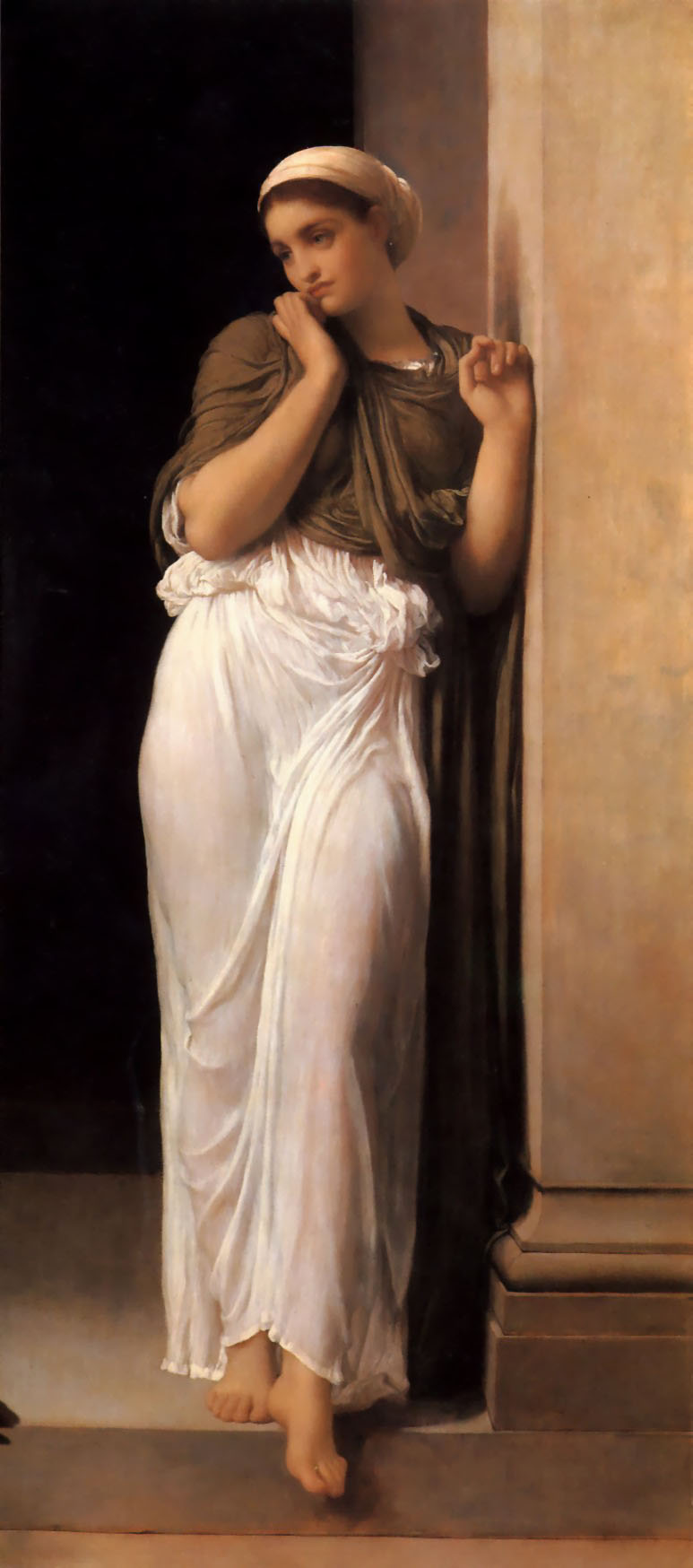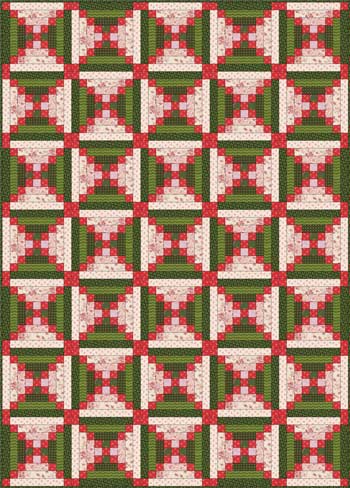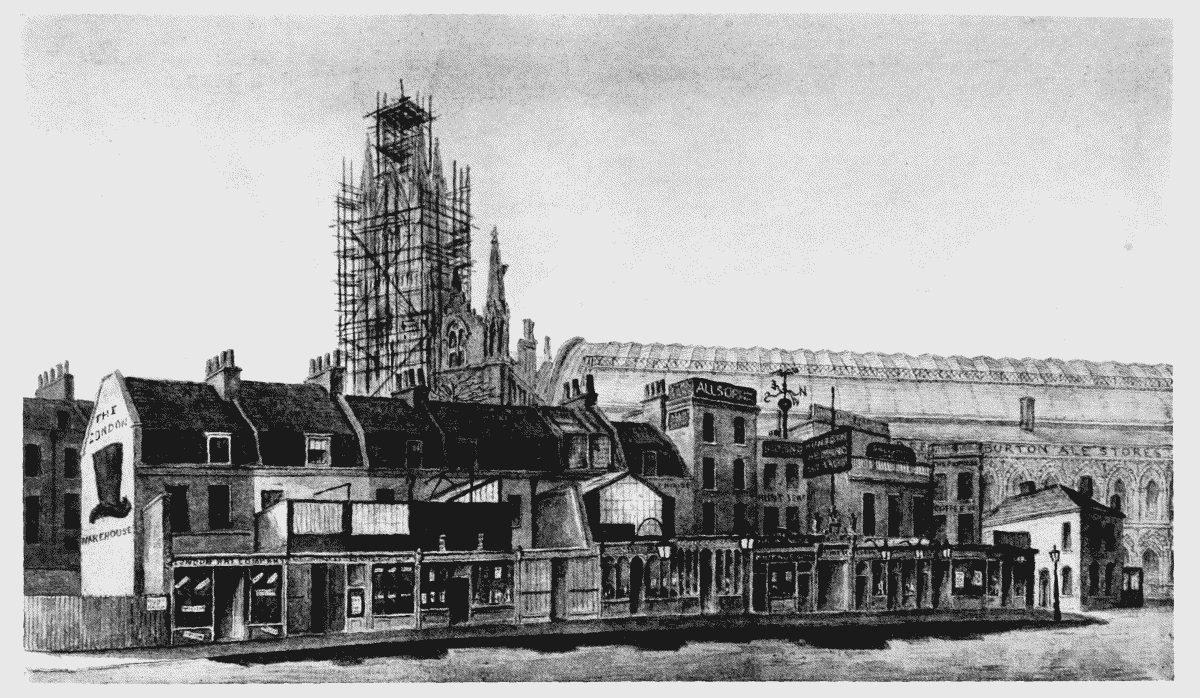I'm in the middle of rehearsals for The Penelopiad by Margaret Atwood, which is a retelling of The Odyssey, focussing on Penelope, who was left behind while Odysseus went off to war and then travelled around having adventures rather than returning to her in a timely manner. I'm co-producing and directing the play which will be on at the Courtyard Studio in Canberra from 7-17 July. I have always loved mythology and the value of storytelling, so have thoroughly enjoyed providing a bit of context to some of the characters mentioned in the text. This is Part Three (See Part One and Part Two).
 |
| The Birth of Venus by Sandro Botticelli |
1. Aphrodite
Aphrodite is the Greek goddess associated with love, beauty, pleasure, passion and procreation. Her major symbols include myrtles, roses, doves, sparrows and swans, and she is consistently portrayed as a nubile, infinitely desirable adult (having had no childhood as she was born fully-formed from sea foam caused by the severed genitals of Uranus - it's complicated), and usually nude. Her Roman equivalent is Venus, hence the famous Bananarama song (okay, I know it's not originally theirs), female razor products (exactly the same as the male ones but twice as expensive because, you know, pink), the fly trap (because stupid creatures will entrap themselves and die for nubile beauty) oh yes, and the above painting.
In The Odyssey, Aphrodite is married to Hephaestus (blacksmith to the gods who makes all sorts of wonderful gadgets, like Q in James Bond) not by choice but through some bargaining with Zeus - she is given to Hephaestus as a bribe (sound familiar?). Aphrodite is frequently unfaithful to her husband, and her lover include Ares, the god of war (Mars in the Roman versions). Hephaestus sets a trap for the lovers and casts a golden net in which they are caught the next time they have sex upon the marital bed. Hephaestus invites all the other gods to laugh at the adulterous pair, but many of the (male) gods have sympathy for Ares and Poseidon agrees to pay Hephaestus to release Ares. Meanwhile, Aphrodite was humiliated and returned in shame and ignominy to Cyprus where she was attended by the Charities (or Three Graces). What's that you say? Rhymes with stubble dandards?
 |
| Charybdis before she was a sea monster |
2. Charybdis
Charybdis was a sea monster who dwelt in the Strait of Messina. She swallowed large amounts of water of water and then belched them out, creating large whirlpools that resulted in the destruction of passing ships. She was the offspring of Poseidon and Gaea (Water and Earth) and helped her father in his quarrel against Zeus by flooding large areas of land with water - don't you just love how all cultures have a creation and a flood myth? Zeus was angry (it seems to be his default setting - grumpy head god) and punished Charybdis by turning her into a monster that would eternally swallow sea water and create whirlpools.
 |
| Scylla, the Huntress, from Game of Heroes |
3. Scylla
Scylla was a sea monster who haunted the rocks of a narrow strait opposite the whirlpool of Charybdis. Ships who sailed too close to her rocks would lose six men to her ravenous, darting heads. Homer describes Scylla as a creature with twelve dangling feet, six long necks and grisly heads lined with a row of sharp teeth. Her voice was likened to the yelping of dogs. In classical art she was depicted as a fish-tailed sea-goddess with a cluster of canine fore-parts surrounding her waist. According to late classical writers she was once a beautiful nymph loved by the sea-god Glaukos, but her jealous rival, Circe, transformed her into a monster. Older poets, however, envisaged her as simply a monster born into a monstrous family.
 |
| Scylla and Charybdis by Emmique on DeviantArt |
Being between Scylla and Charybdis is an idiom along the lines of 'between a rock and a hard place', 'between the devil and the deep blue sea', 'to choose the lesser of two evils' or 'out of the frying pan; into the fire'. The situation implies that one must seek to chose between two equally dangerous extremes which will inevitably result in disaster. Scylla and Charybdis were regarded as maritime hazards (a rock shoal and a whirlpool respectively) located close enough to each other that they posed an inescapable threat to passing sailors; avoiding Charybdis meant passing too close to Scylla and vice versa. According to Homer's account, Circe advised Odysseus to pass by Scylla and lose only a few sailors, rather than risk the loss of his entire ship in the whirlpool.
 |
| Nausicaa by Frederic Leighton |
4. Nausicaa
After leaving Calypso, Odysseus is shipwrecked on the island of Phaeacia, where he is awakened by Nausicaa (daughter of King Alcinous and Queen Arete) and her handmaidens as they wash their clothes at the seashore. He emerges from the forest, completely naked, and the servants all run away terrified. Nausicaa remains and agrees to help him, giving him some of the laundry to wear and advising him to go to her parents' house and make his case directly to her mother, Arete. She and her maids go ahead of him as she doesn't want to give rise to gossip by walking with a stranger. He does as she says, which is a good move because apparently Arete is much wiser than her husband, and when Odysseus wins her trust, she allows him stay with them as a guest. In return for their hospitality, Odysseus recounts his adventures to the court - this forms a substantial proportion of The Odyssey itself. Alcinous then generously gives Odysseus a ship to help him return to Ithaca.
Margaret Atwood interprets all this in her inimitable fashion in The Penelopiad thus:
"After seven long years there of kissing and woo,
He escaped on a raft that was drove to and fro,
Till fair Nausicaa's maids that the laundry did do,
Found him bare on the beach - he did drip so!"
Nausicaa is young and very pretty, and she is presented as a potential love interest. She may have had unrequited feelings for Odysseus, but he wins Arete's sympathy and she is determined to help him get home to his wife and child, rather than being tempted to dally with yet another romantic entanglement. There is a deep affection between the two of them, however - she tells him, 'Never forget me, for I gave you life' (which is oddly maternal) - and of all the women he met on his adventures, Odysseus never tells Penelope about Nausicaa. Some accounts say that Nausicaa eventually married Odysseus' son, Telemachus. Could this be a rare occurrence in classical literature of a man actually respecting a young and beautiful woman?
.jpg/1920px-WATERHOUSE_-_Ulises_y_las_Sirenas_(National_Gallery_of_Victoria%2C_Melbourne%2C_1891._%C3%93leo_sobre_lienzo%2C_100.6_x_202_cm).jpg) |
| Ulysses and the Sirens by John William Waterhouse |
5. Sirens
According to legend, sirens are beautiful seductresses who lured sailors to watery graves with their stunning singing voices. Apparently the sailors, bewitched by the voices, would steer their ships too close to the rocks and end up wrecked. In other versions (particularly Indian myth), their sweet sounds lull the sailors to sleep, and then the Sirens set upon them and tear them to pieces.
They were believed to look like a combination of women and birds in various different forms. In early Greek art they were represented as birds with large women's heads, bird feathers and scaly feet. Later they were represented as female figures with the legs of birds, with or without wings, playing a variety of musical instruments, especially harps and lyres. Originally sirens were shown to be male or female, but the male Siren disappeared from art around the fifth century BC. Because we all know that only women can fulfil the role of evil tempter, right?
Homer tells that Odysseus wanted to hear the Sirens, and so he acted on the advice of Circe (yep, her again) getting all his sailors to plug their ears with beeswax and tie him to the mast. He ordered his men not to release him no matter how much he ranted and raved. As he passed the sirens he screamed for his men to untie him. In the words of Simon Armitage's translation he begged,
"Untie me now. Now. Untie me, you bastard scum.
Zeus, hear me. I'll sacrifice everything in your name.
All my flocks and herds, all my lands and estates...
All my servants and slaves... these men... take them...
My son, Telemachus... my wife, Penelope...
Take them all but guide me into these voices...
Zeus, kill me afterwards, but show me their faces...
I CAN'T LIVE WITHOUT KISSING THE MOUTHS OF THE SIRENS."
The extreme feelings make him pass out and when he comes to, the ship is some distance off from the Sirens and his men are standing around him. When he asks why they didn't untie him despite his curses and threats, they reply, "We couldn't hear you. Beeswax - remember." Thus Odysseus becomes the only man to have heard the Sirens and lived. Sound familiar? And yes, I do recall the 1994 film, Sirens, loosley based on the life of artists Norman Lindsay and starring Hugh Grant, Tara Fitzgerald, Sam Neill, Elle Macpherson, Pamela Rabe, Portia de Rossi, and Ben Mendelsohn, which should have been so much better than it was.
/https://public-media.si-cdn.com/filer/Surprising-Science-left-handed.jpg)


/https://www.theactivetimes.com/sites/default/files/slideshows/106488/109772/4_OprahWinfrey_ShutterStock.jpg)






















.jpg/1920px-WATERHOUSE_-_Ulises_y_las_Sirenas_(National_Gallery_of_Victoria%2C_Melbourne%2C_1891._%C3%93leo_sobre_lienzo%2C_100.6_x_202_cm).jpg)